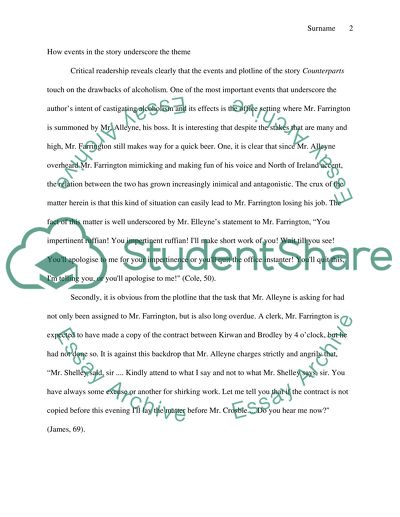Cite this document
(“Counterparts From Dubliners by James Joyce Research Paper”, n.d.)
Retrieved de https://studentshare.org/literature/1463325-counterparts-from-dubliners-by-james-joyce
Retrieved de https://studentshare.org/literature/1463325-counterparts-from-dubliners-by-james-joyce
(Counterparts From Dubliners by James Joyce Research Paper)
https://studentshare.org/literature/1463325-counterparts-from-dubliners-by-james-joyce.
https://studentshare.org/literature/1463325-counterparts-from-dubliners-by-james-joyce.
“Counterparts From Dubliners by James Joyce Research Paper”, n.d. https://studentshare.org/literature/1463325-counterparts-from-dubliners-by-james-joyce.


